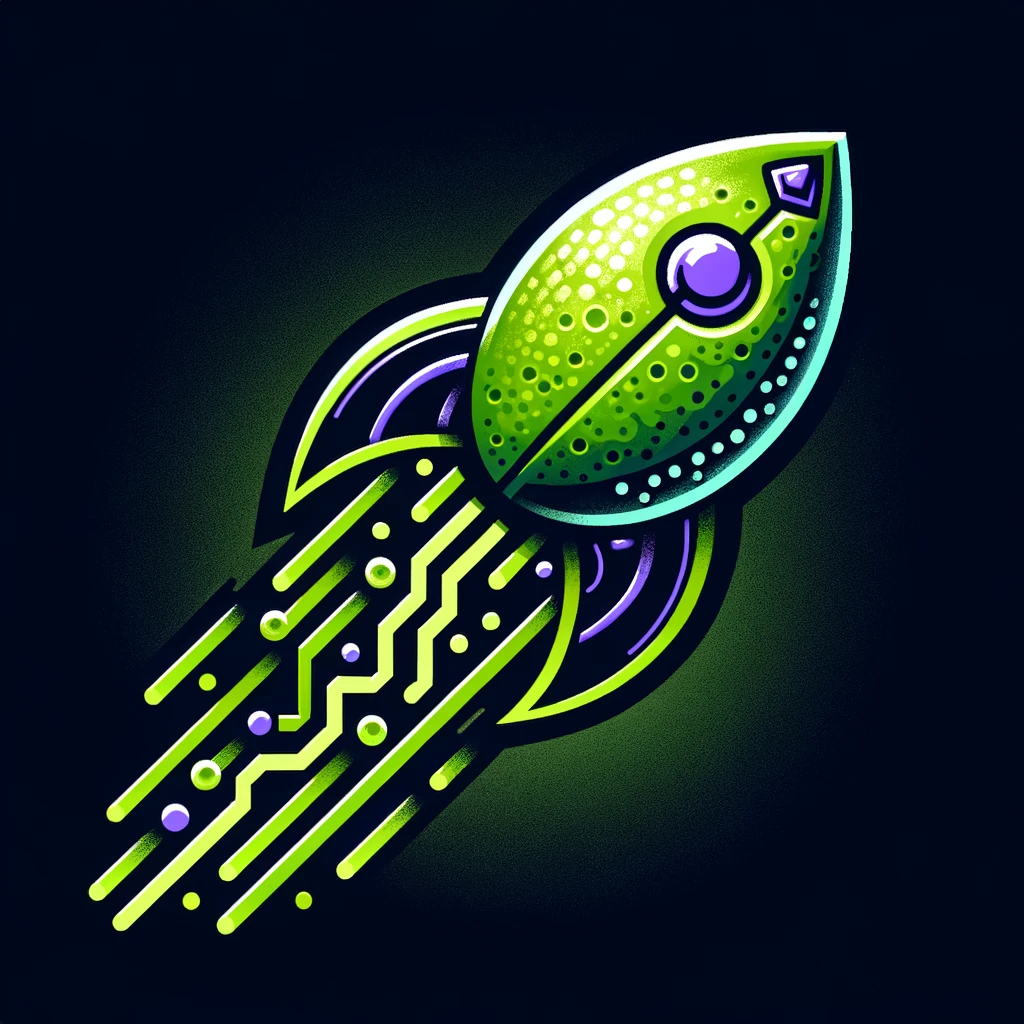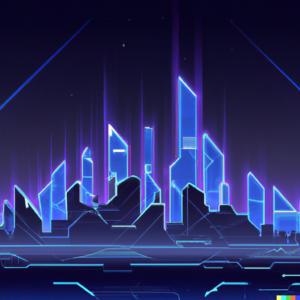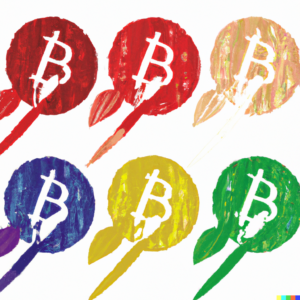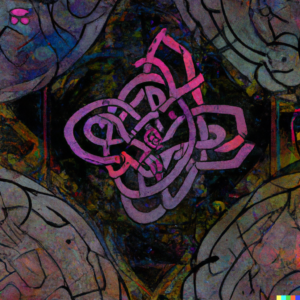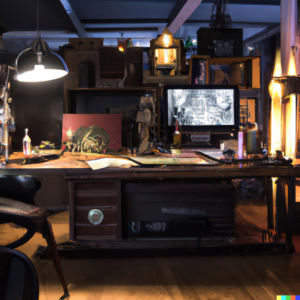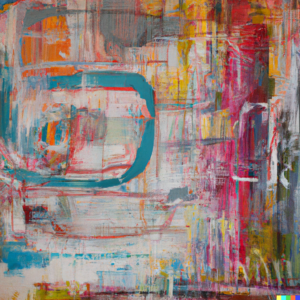Dawn of a New Design Era: The AI Transformation
In an era where technology is ever-evolving, a powerful force is reshaping the world of design: Artificial Intelligence. Today, we stand on the precipice of an exciting transformation – the AI Revolution in Design. As we delve into this new frontier, we’re discovering incredible possibilities and innovative solutions that were previously unimaginable. This is not just a shift; it’s an upheaval that’s propelling us into uncharted creative territories.
AI is revolutionizing the way we approach design. It is breaking down complex processes, automates tedious tasks, and even offering design suggestions based on intelligent algorithms. These developments are allowing us to re-imagine and rethink the entire design process, resulting in a dramatic increase in productivity, creativity, and even profitability.
From generating thousands of design options in minutes to interpreting user behavior to optimize designs, AI has proven to be a powerful ally in the creative process. But this is just the beginning. With the continued advancement of AI technology, the full scope of its potential impact on design is yet to be realized.
Welcome to the AI revolution in design – a new era of unlimited potential and transformative innovation. As we explore this brave new world together, we’ll show you how you can harness the power of AI to enhance your creativity, streamline your workflows, and ultimately, revolutionize your design process.
AI in Design: More Than Just a Trend, It’s the Future
AI’s influence on the design process has been nothing short of revolutionary. By harnessing the power of machine learning algorithms and data analysis, designers are now able to automate repetitive tasks, identify trends, and even predict future design needs. Gone are the days of manual iterations and guesswork; the future of design is here, and it’s driven by AI.
For instance, AI can rapidly generate multiple design variations based on a set of predetermined parameters. This allows designers to quickly explore different design options and choose the one that best aligns with their creative vision. It’s like having a design assistant who can instantaneously produce a myriad of design options, leaving the designer with the creative task of choosing and refining the best ones.
Furthermore, AI’s ability to analyze and learn from data means it can understand user preferences and behavior better than ever before. This enables the creation of personalized designs that cater to individual users’ needs and tastes. It’s a level of customization that was not feasible in the pre-AI era.
AI also shines when it comes to iterating designs. Traditionally, iterating on a design required significant manual effort, often resulting in a slow, laborious process. But with AI, designers can quickly test different design variations, get immediate feedback, and rapidly refine their designs. The result is a design process that’s more efficient, more iterative, and more effective.
Lastly, AI’s predictive capabilities are proving to be a game-changer. By analyzing trends and data, AI can predict future design needs and trends. This allows designers to stay ahead of the curve and create designs that are relevant now and will continue to be in the future.
In essence, AI is not just a tool in the design process; it’s a transformative force, reshaping the way we create and understand design. It’s propelling us into a future where design is more efficient, more personalized, and more innovative. And that future is here now.
Crafting Tomorrow: The Profitable Intersection of AI and Creativity
As AI continues to revolutionize the world of design, it is not just enhancing our creative capabilities, but also creating new avenues for profitability. AI-assisted design tools are transforming the way we approach and monetize design, helping us turn our creativity into profit.
Firstly, by automating repetitive and time-consuming tasks, AI enables designers to focus more on the creative aspects of their projects. Freed from the constraints of manual labor, designers can invest more time and energy into conceptualizing and crafting unique, high-quality designs. This not only increases the value of their work but also opens potential for higher earnings.
Moreover, AI’s predictive and analytic capabilities can significantly influence the profitability of a design. With AI’s ability to analyze user behavior and preferences, designers can create designs that resonate more deeply with their target audience. The resulting designs are not just aesthetically pleasing, but also highly effective in achieving their purpose, whether that be driving user engagement, selling a product, or conveying a message. This increased effectiveness directly translates into increased profitability.
AI can also identify emerging trends and forecast future design needs. This allows designers to stay ahead of the curve and position themselves as innovators in their field. By consistently producing relevant and forward-thinking designs, designers can command higher prices for their work and attract more lucrative opportunities.
Finally, by streamlining the design process, AI-assisted design can increase the quantity of work a designer can undertake without compromising on quality. This increased efficiency can significantly boost a designer’s earning potential.
In conclusion, AI-assisted design is a powerful tool for turning creativity into profitability. By enhancing creativity, predicting trends, and improving efficiency, AI is helping designers create better work, attract more opportunities, and ultimately, increase their earnings. It’s an exciting time to be a designer, and the opportunities are only just beginning to unfold.
AI-Powered Designs: Beyond Innovation, Into Transformation
The rise of AI in the field of design has given birth to an array of innovative solutions that are reshaping the creative landscape. By leveraging the power of AI, designers can overcome traditional challenges, discover fresh perspectives, and unlock new design potential.
One of the most striking benefits of AI in design is its ability to generate countless design options based on set parameters. Designers can input their requirements, and AI can produce a plethora of design alternatives in seconds. This significantly broadens the scope of possibilities, allowing designers to explore and innovate in ways they couldn’t before.
AI also offers the capability of deep learning, an aspect of AI that allows machines to learn from their experiences. Deep learning algorithms can analyze vast amounts of design data, identify patterns and trends, and apply this knowledge to create innovative designs. This ability of AI to learn and adapt can foster a continuously evolving design process that keeps pace with the changing demands of users and the market.
Another innovative solution presented by AI is its ability to predict future design trends. By analyzing data on design preferences and trends, AI can anticipate what designs will resonate with users in the future. This forward-looking approach can help designers stay ahead of the curve, creating innovative designs that anticipate and meet the needs of the future.
AI also enhances user-centric design, enabling designers to craft solutions tailored to individual user needs. By analyzing user behavior and preferences, AI can offer insights into what designs will resonate with a specific user or user group. This level of personalization is a significant shift in the design approach, paving the way for more intuitive and engaging user experiences.
In summary, harnessing AI for design opens the door to a host of innovative solutions. From generating countless design possibilities to predicting future trends and enhancing user-centric design, AI is revolutionizing the way we approach and solve design challenges. It’s an exciting time in the world of design, with AI acting as the catalyst for unprecedented innovation.
Seamless Workflows: The AI-Driven Design Renaissance
As design and artificial intelligence realms converge, we stand at the brink of a paradigm shift in design workflow efficiency. With AI’s rapidly evolving capabilities, the way designers approach, strategize and execute their visions is undergoing a transformative change.
To begin with, AI’s prowess in automating repetitive tasks is a game-changer. Tasks like resizing images, adjusting layouts, or even color grading can consume valuable hours in a designer’s day. With AI taking on these tasks, designers can redirect their focus toward more conceptual and creative facets of their projects. It’s not just about saving time; it’s about reallocating time to where the human touch truly matters.
Beyond automation, AI is streamlining the design review and iteration process. Through AI-powered analytics, designers can receive real-time feedback on their creations. For instance, an AI tool could analyze a web page design and suggest optimizations based on user behavior predictions. This could drastically reduce the time taken in the trial-and-error phase of design, leading to quicker project turnarounds.
The future also promises seamless collaboration between designers and AI tools. Imagine a design software that evolves with every project, learning a designer’s style and preferences, and preemptively offering assets, layouts, or color schemes based on past choices. Such a symbiotic relationship would not only make the design process more efficient but also deeply personalized.
Moreover, AI’s ability to handle and analyze massive datasets means it can offer previously unimaginable insights. By assessing data from myriad sources, AI can provide designers with trend forecasts, audience preferences, and even cultural shifts. Such insights can enable designers to be proactive, ensuring their designs are not just relevant for today but are future ready.
In essence, the future of design workflow, shaped by AI, promises a blend of increased efficiency, personalization, and foresight. The potential to create more in less time, with greater accuracy and relevance, is set to redefine the very ethos of design. The era of AI-enhanced design is upon us, and it heralds a future where creativity and technology walk hand in hand.
The AI Canvas: Painting New Dimensions in Creativity
In an era where technology and creativity are becoming increasingly intertwined, the incorporation of AI into the design sphere is not just about efficiency and automation; it’s about elevating the very essence of creative expression. By synergizing human intuition with AI’s computational prowess, we’re unlocking avenues of creativity previously unimagined.
At its core, AI acts as a facilitator, broadening the horizons for artists and designers. For instance, AI algorithms can create a myriad of design prototypes based on a singular concept, allowing creatives to view their idea from multiple angles and nuances. Such expansive visualization gives designers the freedom to pick, tweak, and refine, leading to a richer final product that might have been missed in a traditional workflow.
Beyond mere visualization, AI offers tools that can actively enhance the creative process. Generative design, powered by AI, can help artists create intricate patterns, structures, and visuals that would be incredibly time-consuming, if not impossible, to produce manually. It’s not about replacing the human touch but augmenting it, pushing the boundaries of what’s possible.
AI also brings a sense of collaboration to the table. Tools equipped with AI can learn from user behaviors, preferences, and styles, adapting over time to align better with the designer’s vision. It’s akin to having a silent collaborator that understands your creative language, offering suggestions and tools that resonate with your unique style.
Moreover, the ability of AI to analyze vast amounts of data means it can introduce designers to global trends, emerging cultural shifts, and even cross-industry inspirations. In essence, AI can act as a bridge, connecting disparate dots of creativity, and presenting designers with a mosaic of inspiration sources.
The integration of AI into the design realm isn’t about mechanizing creativity but elevating it. By providing tools, perspectives, and inspirations that were previously out of reach, AI empowers designers to explore, innovate, and express themselves in novel and profound ways. The canvas of creativity is vast, and with AI by our side, we are only beginning to scratch the surface.
Looking Ahead: The Limitless Horizon of AI-Enhanced Design
As we delve into the vast potential of integrating AI into the design realm, it becomes evident that we’re on the precipice of a transformative era for creatives worldwide. AI, far from being a mere tool, emerges as a collaborator, guide, and enhancer of the artistic journey, reshaping how we perceive and execute our creative visions.
The symbiosis between design and AI heralds a future where boundaries are continuously expanded, and possibilities are ceaselessly redefined. The power of AI to automate, innovate, and provide insights lends designers the freedom to focus on the essence of creativity, leading to richer and more profound outcomes. In essence, AI becomes a catalyst, amplifying human potential and allowing us to explore the depths of our creative spirit with newfound vigor.
In wrapping up, while technology continually evolves, it’s essential to remember that at the heart of every design lies human emotion, intuition, and expression. AI serves as a medium, allowing us to navigate the complexities of the design world with enhanced precision and insight. As we embrace this AI-driven era, we’re not just looking at a technological evolution but a renaissance in creative expression, one that promises to redefine the contours of the design landscape for generations to come.
